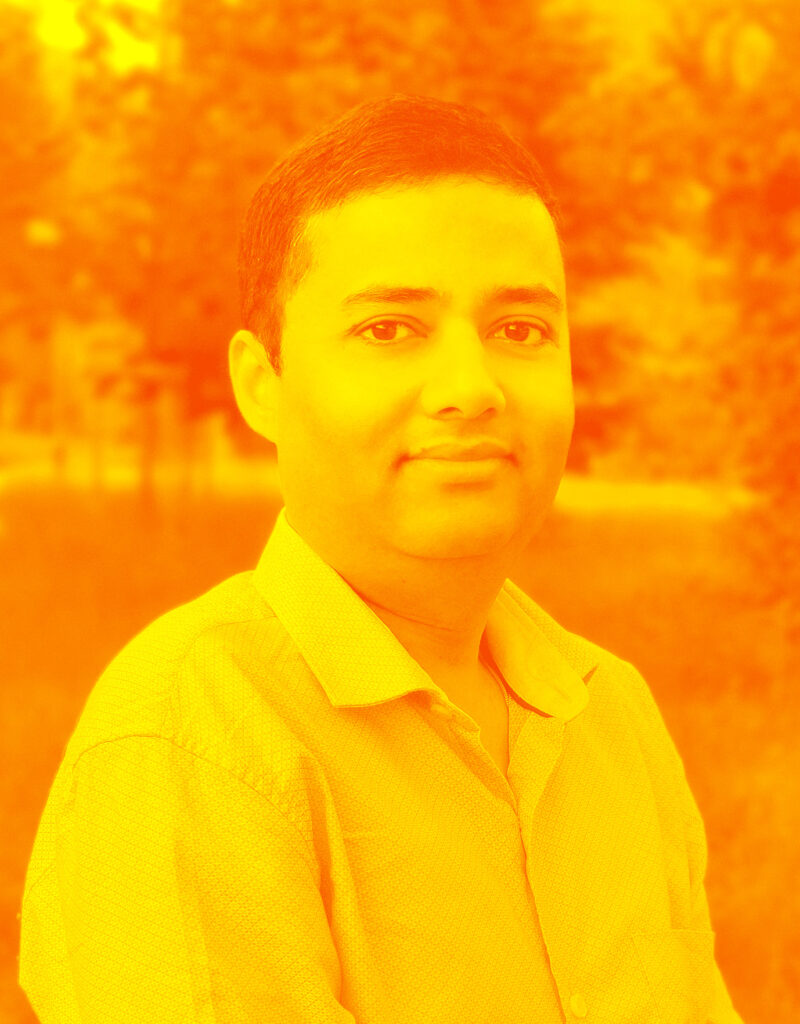
Ayurveda encourages us to live in harmony with our true natures. Agnieszka Rostkowska speaks with Ayurvedic physician Dilbag Jindal about how to find the path that is right for you and how to achieve a balance.
Ayurveda is one of the few ancient medical systems that is still successfully used today. It treats each patient individually, recognizing that what serves one may harm another. It works holistically, with a belief that body, mind, and the emotions are one, and that health is much more than the absence of disease.
Agnieszka Rostkowska: Is it true that the origins of Ayurveda can be traced back to an ancient time when India was facing an epidemic of a previously unknown deadly disease?
Dr. Dilbag Jindal: According to ancient Sanskrit writings, more than four thousand years ago, the Indian subcontinent faced an epidemic that threatened all of society. At that time, the greatest thinkers gathered and traveled to the Himalayas to collectively deliberate on the causes and solutions to the problem. They drew on both the scientific knowledge of the time and the power of spiritual practices, intuition, and meditation. They held fierce disputes and arguments, with three masters—Vagbhata, Charaka, and Sushruta—leading the way.

Vagbhata and Charaka emphasized the importance of daily habits and the healing power of herbs. Sushruta advocated more far-reaching interventions, which would be the equivalent of surgery today. They came to a common conclusion: there’s a need for natural medicine that would crack down the symptoms as well as the causes of disease. Each of them wrote a book about it. This is how the three classic works—The Charaka Samhita, The Sushruta Samhita, and The Ashtanga Hridayam Samhita—called the Brhat Trayi, or Great Triad, came about. Each one includes guidance on all areas of life, from dietary recommendations to advice on marriage. This knowledge was used by the people of India for centuries to come, both in times of peace and war—historical sources have been preserved with descriptions of herbal ointments that were used to treat soldiers’ wounds overnight, supposedly so effective that they would reenter battle in the morning. Thus, Ayurveda was born, one of the world’s oldest medical systems.
But it seems to be much more than medicine. Ayus in Sanskrit means “life,” veda means “knowledge.” Thus, Ayurveda can be literally translated as “knowledge of life.”
Ayurveda is a system








